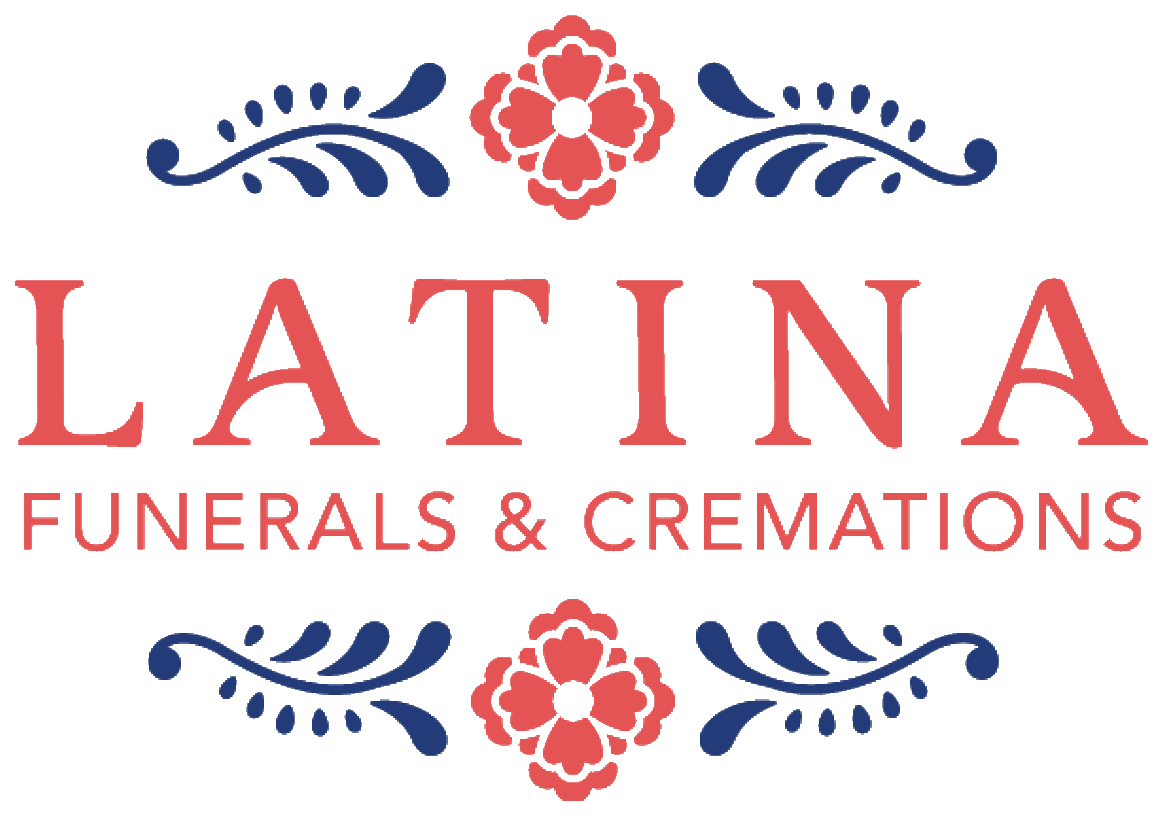Catholic Burial Options for Cremated Remains

El entierro es un último adiós.
For Catholics, burial is the final step of the funeral liturgy. The Rite of Committal, which takes place at the graveside, is the last farewell to a loved one. It closes the chapter on their life on earth as they are trusted to God’s care, and begins a new chapter of healing for the loved ones left behind.
Because burial is so important, many people believe that cremation is not an option for their loved ones. However, the Catholic church has allowed cremation since the 1960s as long as the cremated remains are treated with the same respect as a body.
In other words, they cannot be scattered or stored for a long time at home. Instead, they should be buried in a consecrated place, whether that be a Catholic cemetery or a nonsectarian burial plot. Most cemeteries offer several options for burial, depending on your family’s needs and preferences.
Entierro en una tumba
The most familiar way to lay someone to rest is a grave. Because an urn is smaller than a casket, there are more options for burying cremated remains than a body.
You may:
● Buy a smaller burial plot for a single urn
● Purchase a full-size burial plot and bury multiple urns
● Have the urn share an existing funeral plot with a casket
Cremation makes it easier to keep la familia together after death by burying many generations in the same part of the cemetery. It’s also more affordable than a family plot of full-size graves. Because cremation urns are buried at a shallower depth, a loved one’s ashes can always be buried in the grave of a spouse or other family member without disturbing their casket and remains.
It’s common for a shared plot to have one memorial marker or headstone, usually with blank space for additional names to be added in the future. Depending on the rules of the cemetery, you might also be able to place individual markers on each small grave. Either way, you will always have a place to return to place flowers and spend time with your departed loved one.
Colocación en un nicho de columbario
In addition to graves, many cemeteries also have above-ground buildings where people can be entombed. These are called mausoleums when they contain caskets, and columbariums when they are made for urns. The individual space where each urn is kept in a columbarium is called a niche, and placing an urn in a niche is called “inurnment.”
A columbarium niche may be covered with a memorial plaque, or it may be open for you to view. Visitors can place decorations like flowers, photos, and other meaningful items in the niche alongside the urn. If an urn will be on display, you may wish to choose a more decorative style that reflects your loved one’s tastes or personality. Most columbariums offer benches or other seating for visitors. The Rite of Committal can be performed when the urn is placed in the niche, and there will usually be space for a small gathering inside or on the nearby grounds.
You can check in advance with the cemetery to learn any particular rules they may have about gatherings and scheduling a committal ceremony. Your funeral director can also answer questions and help you understand your options when planning for your loved one’s burial or inurnment. We are always available by phone at 303-996-0701, or you can visit Latina Funerals & Cremations at 3020 Federal Boulevard to speak to a bilingual funeral director in person.
Go en paz.
As members of Denver’s Hispanic communities, we feel a deep responsibility to help its families through some of their most difficult days. We are here for you and your loved ones, and our staff is available to answer any questions you may have.
Llámanos al (303) 996-0701.
A Year of Grief Support
Sign up for one year of weekly grief messages designed to provide strength and comfort during this challenging time.
Please wait
Verifying your email address
Please wait
Unsubscribing your email address
You have been unsubscribed
You will no longer receive messages from our email mailing list.
You have been subscribed
Your email address has successfully been added to our mailing list.
Something went wrong
There was an error verifying your email address. Please try again later, or re-subscribe.
Translate This Website:

